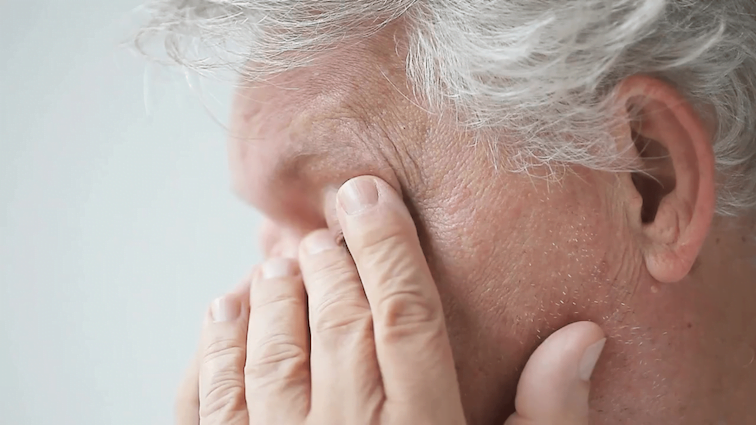Dry Eye Syndrome – Understanding and Managing This Condition

Dry Eye Syndrome (DES), also known as keratoconjunctivitis sicca, is a common condition that affects millions of people worldwide. It occurs when the eyes do not produce enough tears or when the quality of tears produced is poor. Tears are an essential component of healthy eyes, as they help to keep the eyes moist and lubricated, protect against infections, and aid in clear vision.
Recognising Dry Eye Symptoms
Symptoms of Dry Eye Syndrome can vary from person to person, but they typically include dryness, burning, stinging, redness, irritation, and a gritty sensation in the eyes. Some people may also experience excessive tearing (ie. tears running down your cheeks), especially in response to environmental factors such as wind or air conditioning. These symptoms can be persistent and may worsen over time if left untreated.
Factors Contributing to Dry Eye
There are several factors that can contribute to the development of Dry Eye Syndrome, including age, gender, medication use, medical conditions and environmental factors. Women are more likely to develop DES than men, particularly after menopause. Certain medications such as antihistamines, antidepressants, and blood pressure medications can also cause or worsen dry eye symptoms. Medical conditions such as autoimmune disorders, thyroid disorders, and diabetes can also increase the risk of developing DES. Environmental factors such as dry or windy climates, air conditioning, and prolonged use of digital devices can also contribute to the development of DES.
Treatment Options
Treatment options for Dry Eye Syndrome depend on the underlying cause and severity of the condition. Mild cases may be managed with over-the-counter artificial tears or eye drops that help to lubricate the eyes and relieve dryness. In more severe cases, prescription eye drops, such as cyclosporine or lifitegrast, may be necessary to reduce inflammation and improve tear production. In some cases, oral medications or procedures, such as Intense Pulse Light, punctal plugs or meibomian gland expression, may also be recommended.
Preventing Dry Eye
Preventing Dry Eye Syndrome is important, particularly for individuals at higher risk for developing the condition. This includes taking frequent breaks when using digital devices, maintaining proper hydration, avoiding environmental factors that can contribute to dryness, and protecting the eyes from wind and sun exposure. Quitting smoking is also important, as smoking can increase the risk of developing DES.
Conclusion
In summary, Dry Eye Syndrome is a common condition that occurs when the eyes do not produce enough tears or when the quality of tears produced is poor. It can be caused by a variety of factors, including age, gender, medication use, medical conditions, and environmental factors. Treatment options depend on the underlying cause and severity of the condition and may include over-the-counter or prescription eye drops, oral medications, or procedures. Prevention is also important, particularly for individuals at higher risk for developing DES.
If you suspect Dry Eye or are experiencing symptoms, our Dry Eye Clinic is here to help. Our team of highly trained optometrists specialises in Dry Eye Syndrome and can provide personalised assistance in managing this ongoing condition.
Contact us today for comprehensive care tailored to your needs.



